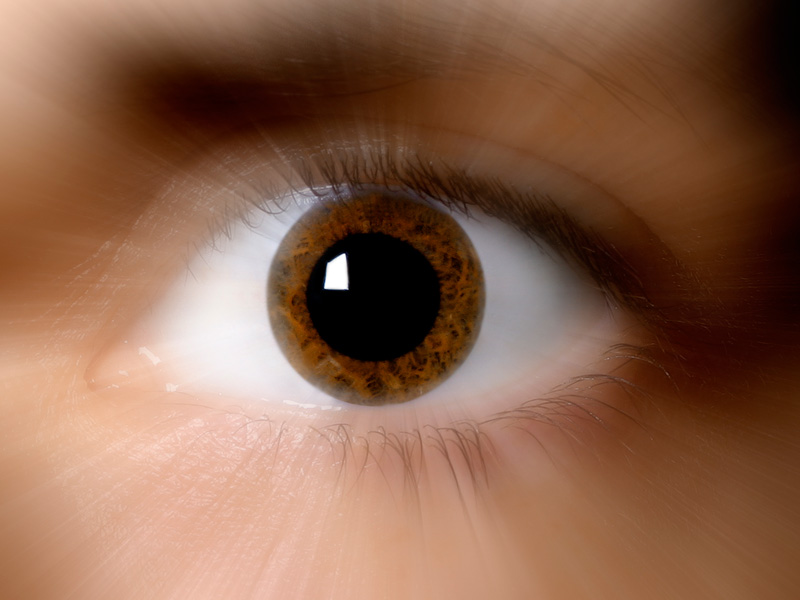All about the skin around the eyes and “drooping” eyelids
04/04/2025

19/07/2017
What is the pupil?
The pupil, more commonly known as the “apple of the eye”, is an apparently black hole, situated in the centre of the iris, the part that gives the eye its colour. It is a dilatable and contractile opening, the function of which is to regulate the amount of light entering the eyeball, acting as if it were the diaphragm of a camera.
The size of the pupil is controlled by two muscles: the pupil sphincter muscle that closes it and the pupil dilator muscle that opens it.
Why do we need to dilate the pupil?
Under normal conditions, the pupil dilates and contracts naturally. During eye check-ups we frequently need to administer drugs in drop form to make the pupils dilate, also known as mydriasis. In this way, with the help of a slit lamp and an ophthalmoscope, devices for an eye examination that contain a light source, and a magnifying glass, we can perform a full and detailed examination of the retina and other elements found inside the eye, which cannot be examined otherwise. If we examine the eye without dilating it, we can see the eyelids, conjunctiva, cornea, iris, lens, etc., but we can only see limited parts of the structures behind the pupil, like the central part of the retina, not the entire structure. This is why an examination of the back of the eye with the pupil in a dilated state is a fundamental part of diagnosing different eye diseases, like diabetic retinopathy, retinal vein occlusions, age related macular degeneration and many other anomalies.
There are occasions when the ophthalmologist also needs to dilate the pupils to take an exact measurement of refractive errors (like hypermetropia) and assess the need for and power of lenses in glasses, mainly among children and young patients. To do so, a drop is used that not only dilates the pupil but also relaxes and paralyses the muscles responsible for accommodation, that is to say, the muscles that allow us to focus in normal conditions.
What type of drops are used to make the pupils dilated? What type of side effects might they have?
To dilate the pupil, the ophthalmologist has to put drops in the eyes which take about 15-30 minutes to take full effect.
The pupil-dilating drops most often used in ophthalmology consultation rooms are tropicamide, phenylephrine and cyclopentolate. Their effect may last between 4 and 24 hours depending on the type of drop and each patient’s sensitivity. It’s a completely painless procedure that may cause mild stinging which wears off within seconds.
The most frequent side effects are sensitivity to light, photophobia, glare and blurred vision, particularly in near sightedness, which manifests itself as problems in focusing on objects. These effects gradually wear off.